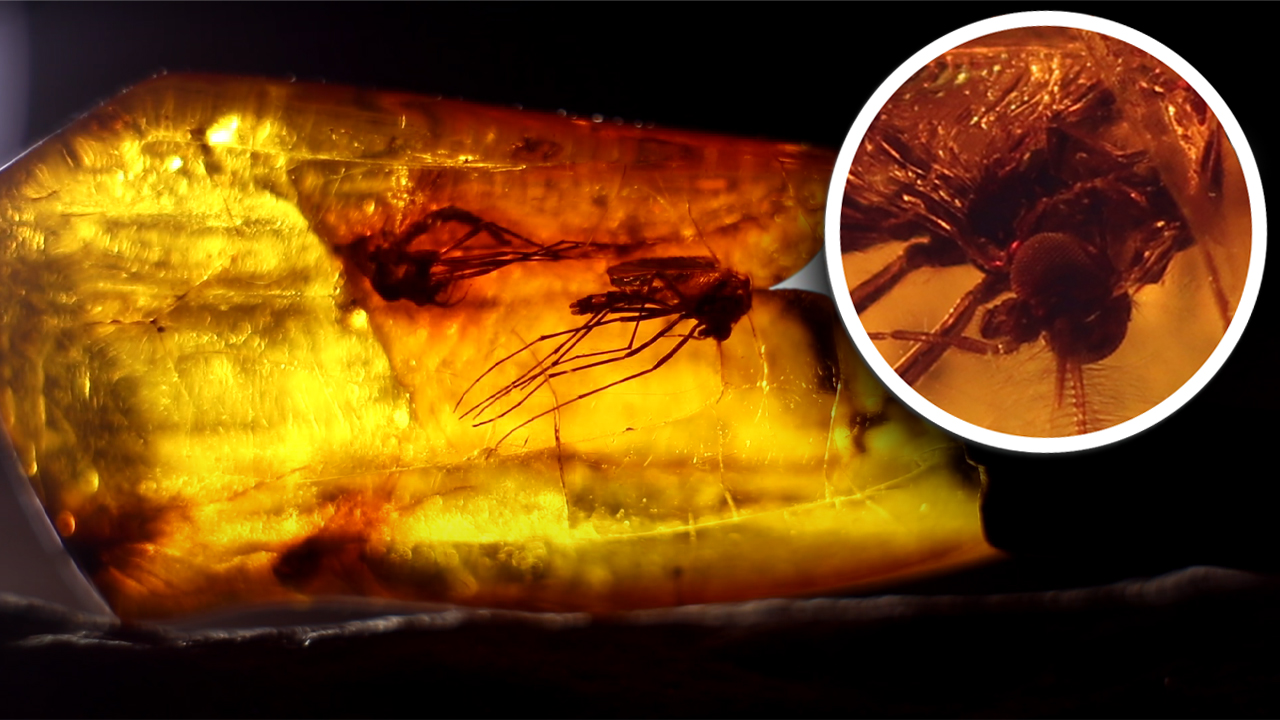
I've always enjoyed being away from the city. Everything is quieter, quieter, cleaner there.
According to the old tradition, we start nakidyvatsya in the morning to stop time traveling to distant lands. The most important rule in any travel is good company. In our case, there is a terrain specialist, an expert on finds, a survivalist, an operator and a filter person who thumps with everyone. It's me! My main task is to pour. Just kidding!
Our road was not easy. Somewhere I had to push the car down into the mud, and somewhere I had to walk many kilometers through the endless forest with ammunition on my shoulders. We walked long enough.

There is no better beauty than looking from above! This is the Dnieper River. We arrived at the place actually at sunset. The sun looked at us from behind the horizon, as if hinting that further time would have to be spent in the dark. Following the sunset with our gaze, we rested for some time and photographed the moment as a keepsake.
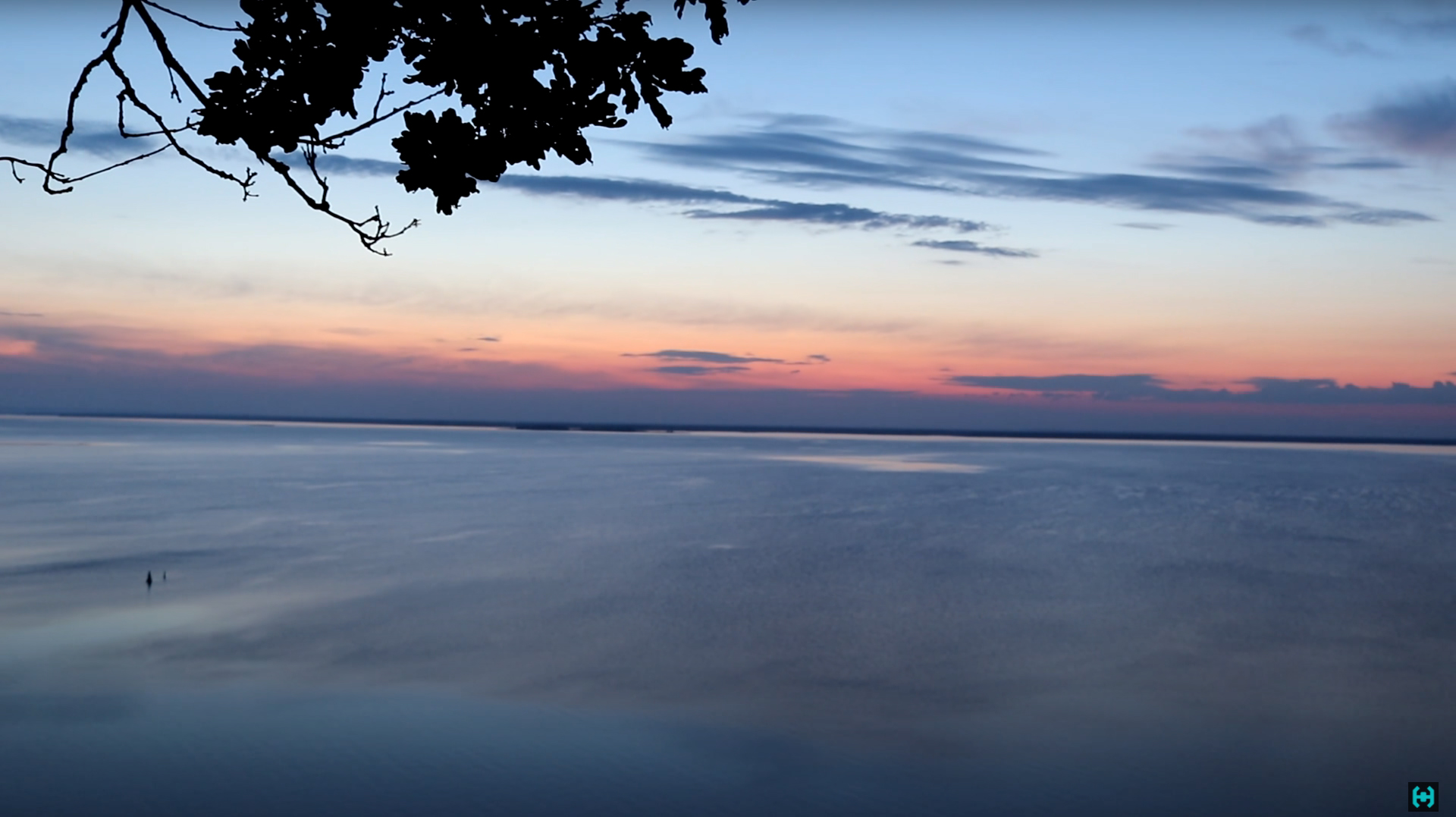
During the hike, everyone was pretty hungry.In addition, night was approaching, because the first thing to do was to make a fire and prepare a good portion of hearty food. Food is generally a separate topic during hiking. Now we are preparing delicious pilaf. Its preparation time takes two hours. While he insists, let's go see what's going on on the river bank.
Found a beach, one of the most unique places I have come across.At first glance, it may seem like the most common place, but the idea of it vanishes when you begin to peer into the water. Once upon a time, many millions of years ago, there was an endless ocean in this place, in which many amazing creatures lived. One of the families of the then variety was the ferocious sharks. They liked to eat in their free time from work and rarely looked after the health of their teeth, as a result of which they fell out and fell to the bottom, being covered from above by multi-meter bottom sediments.
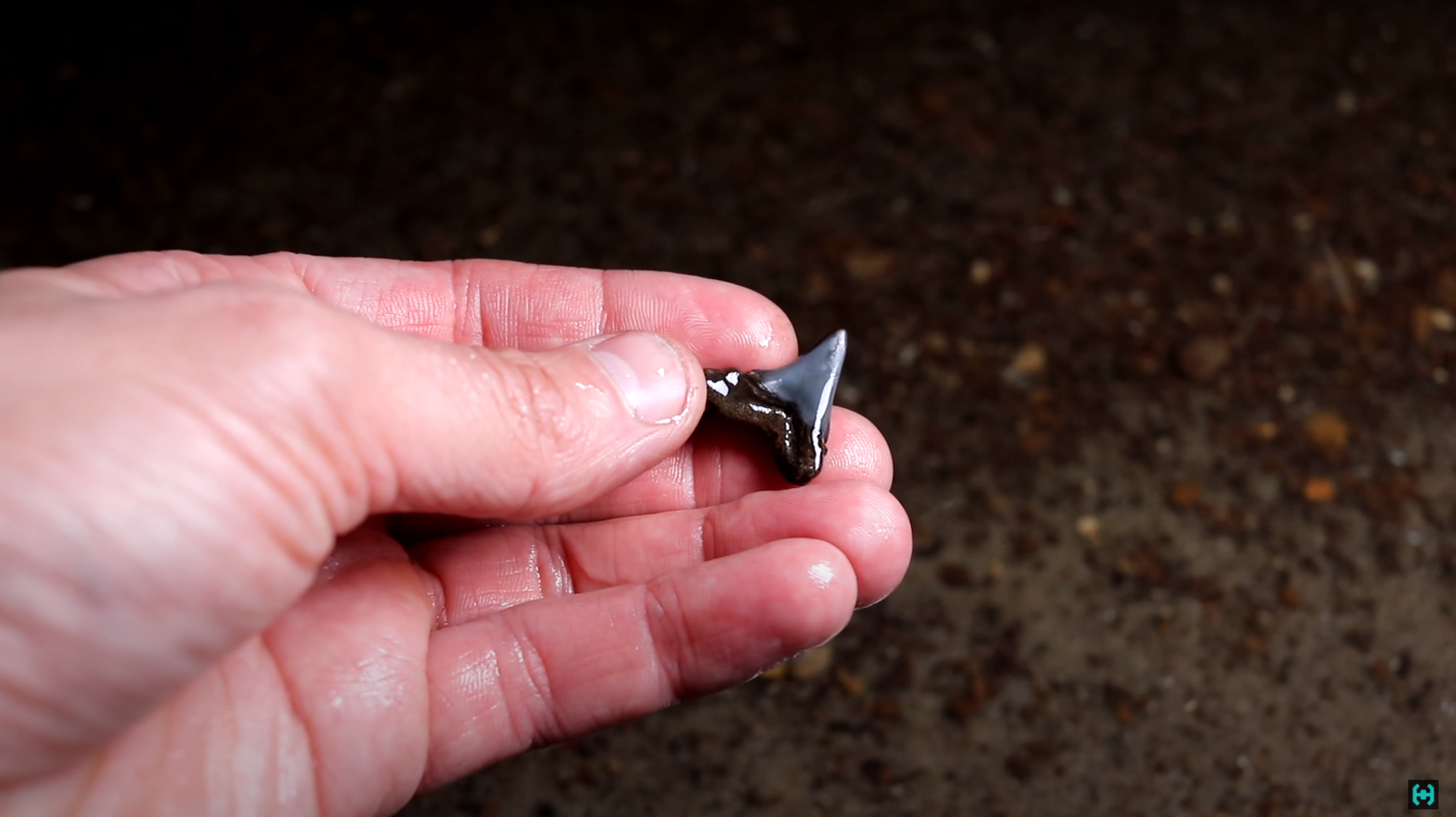
In the process of movement of the earth's crust, some areas that conceal the secrets of the ocean can rise and, like the pages of a book, tell a story about the life that lived here many millions of years ago. Along the coast, you can see a rich outcrop of marine deposits of the Jurassic, Cretaceous and possibly some other later periods. We will return to this later.
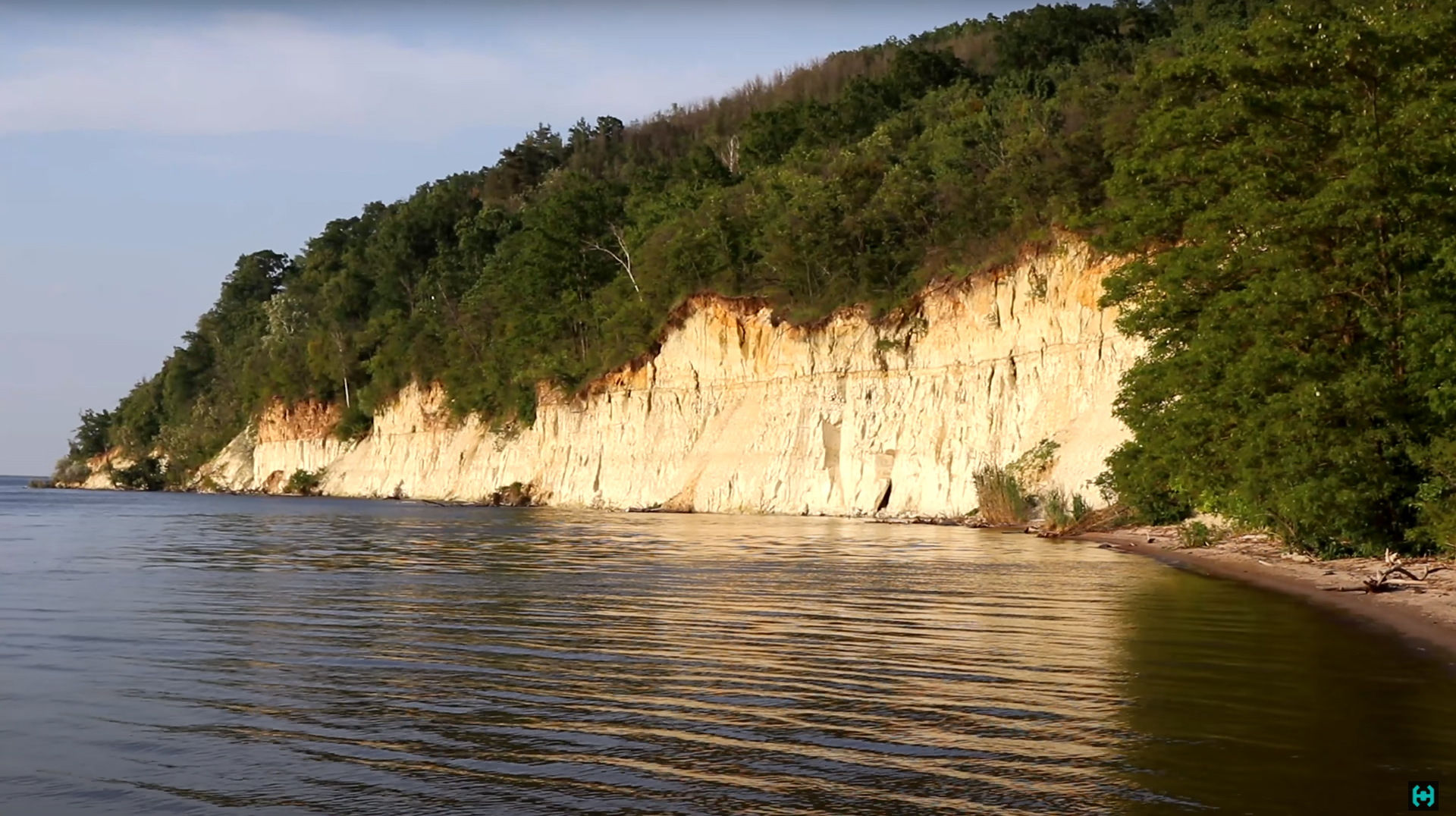
We slept on the first night like homeless people. In the morning, everyone was where. Someone in the bushes, someone collapsed right on the shore. At night, I didn't have much choice. After waiting for the first sunbeams and birdsong, we together scratched our foreheads bitten by mosquitoes and began to decide what we would eat for breakfast. The morning should be light, which means we will eat oatmeal. Fast, satisfying and tasteless. Just add water. After the meal we wash down the malasha porridge with a decoction of alpine herbs.

Having gained strength, we finally began to set up tents. The first rule in this process, we work for one minute, we rest for ten ... or vice versa, it is as you like.
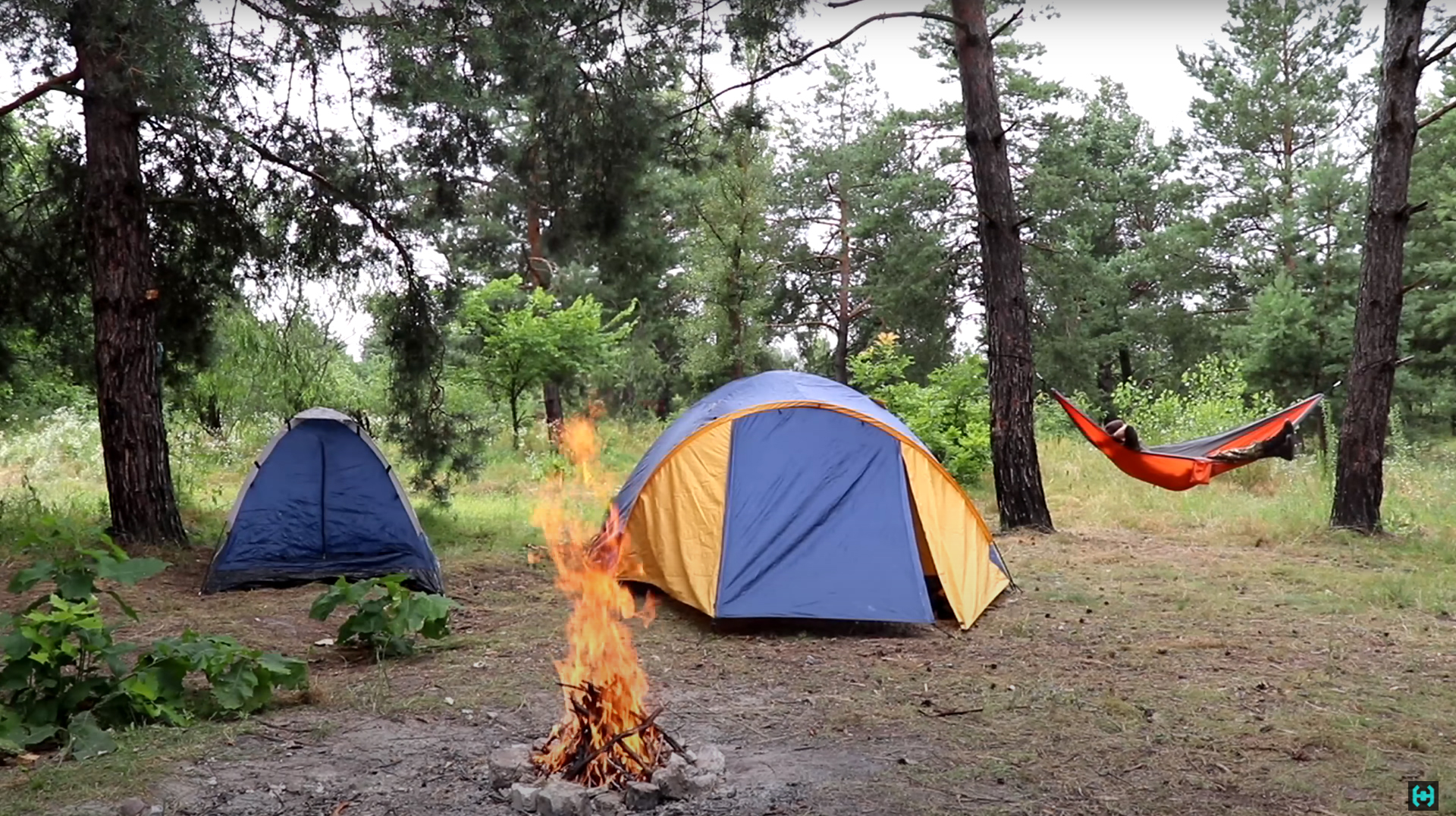
Let's return to the beach and explore the coast in more detail. All fossils that come across in this place originate from the dumps. The cliffs here are composed of white clay. Water washes away the rock, it partially falls off and all the fossils in it are in the water.
Here you can see how the layers of clay are separated by two lines.I am not an expert in the structure of soils, but there is an assumption that these traces were left by a large glacier, which in those days loved to crawl back and forth. In some places, the lines dividing the rock contained crystals of gypsum or calcite, not yet understood. The same structures tried to burrow through the entire volume of the fallen boulders and all this chaos stretched for many kilometers along the coastline. This place is a real find for any budding paleontologist.
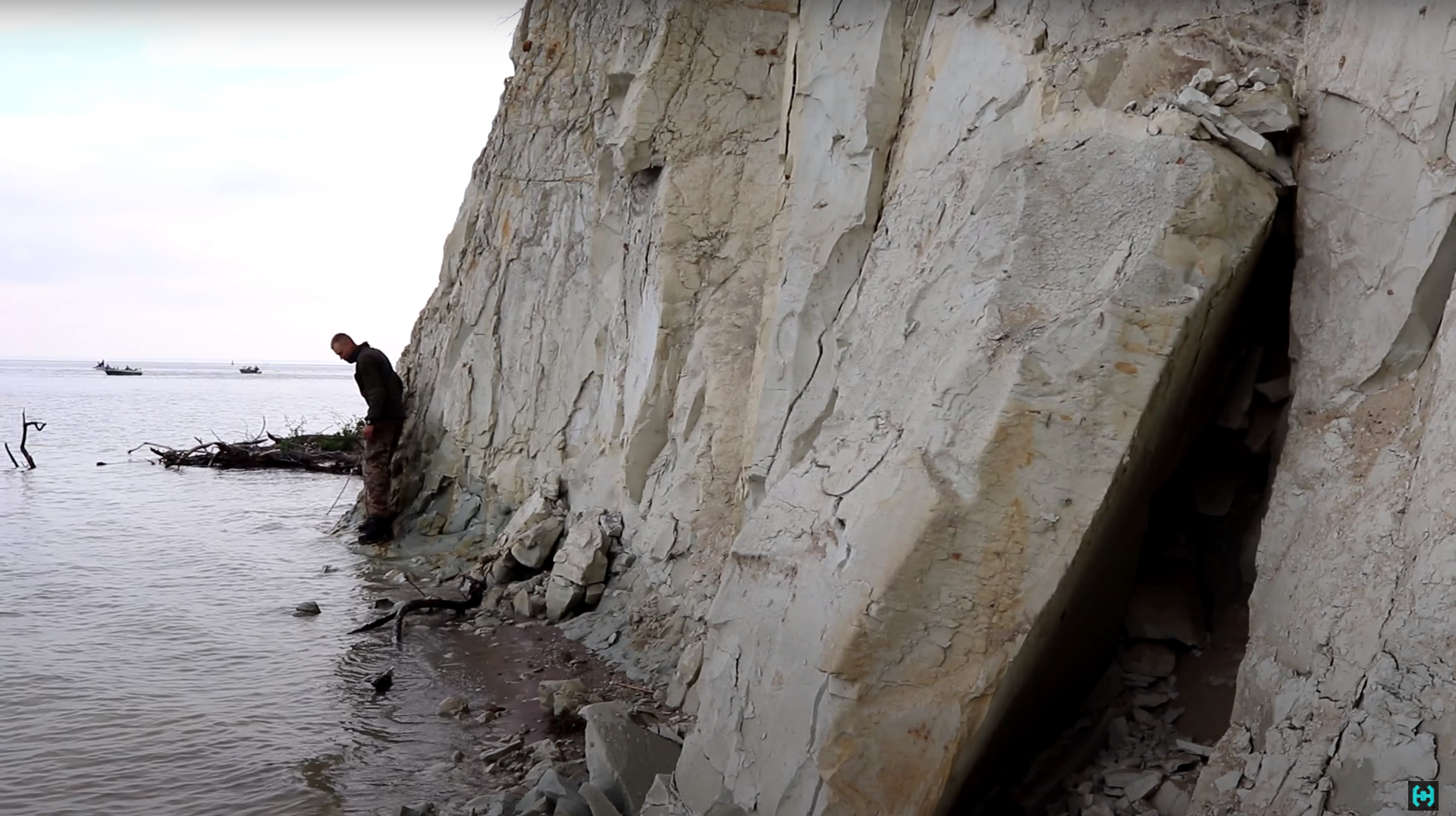
So how do you find the fossilized shark teeth !?Everything is simple here. You need to walk slowly along the shore and carefully peer into the water. At first, for a long time I could not adapt my vision to the necessary artifacts, but as it turned out, they stand out perfectly in color and shape. After walking for a couple of hours on the beach and collecting all visible teeth, we applied a life hack with sand washing. To do this, you need a fine sieve or, for example, a barbecue pan.
According to statistics, approximately every tenth reseeding gave one shark tooth. For hours on end, we walked and washed pebbles from the shore, just like those prospectors who mine gold in the mines. Previously, it did not even occur to me that the clay that falls from the Dnieper steep may contain evidence of the existence of ancient sharks that lived here 60 million years ago. It's unthinkable.
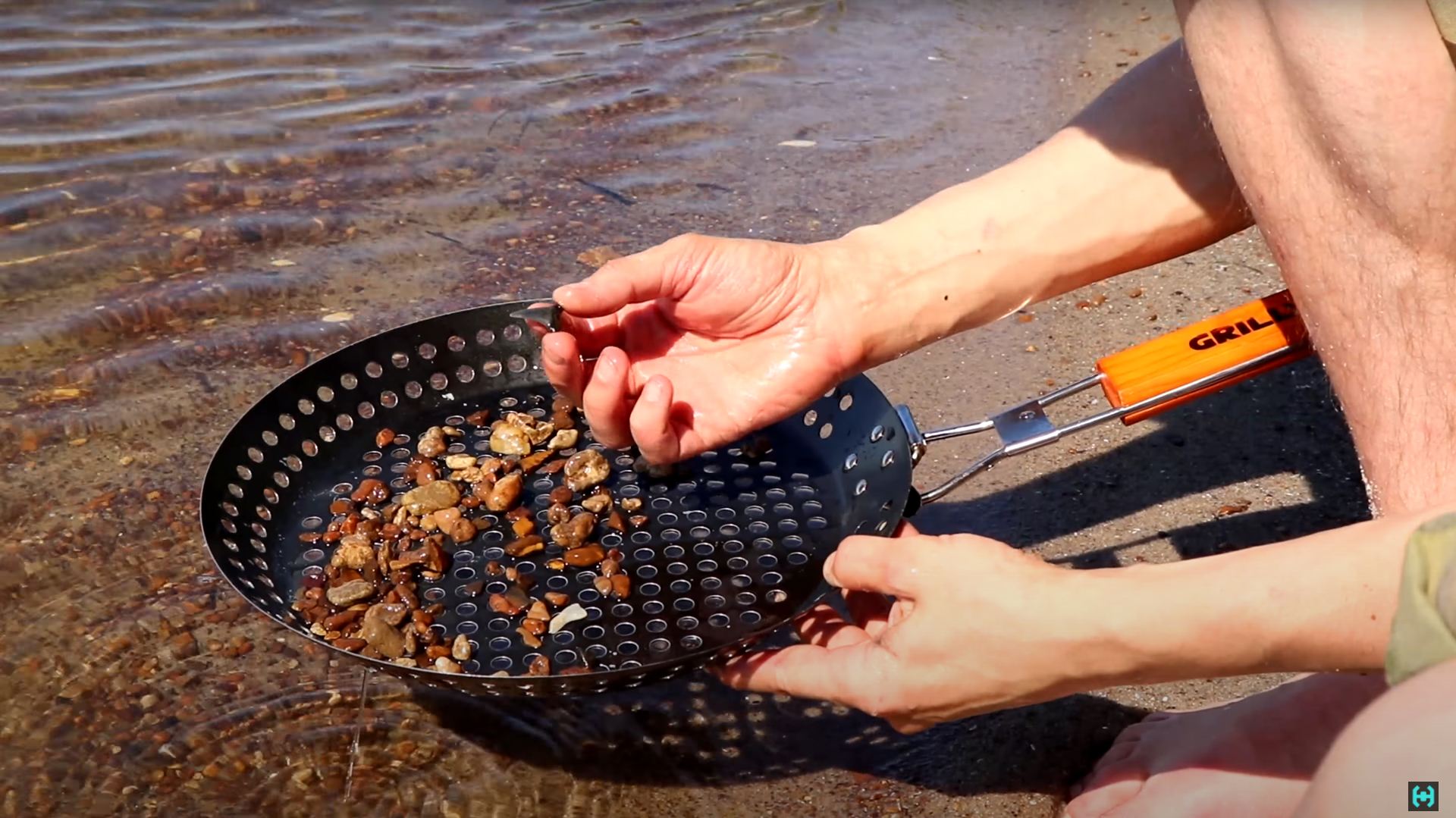
In addition to teeth, there were other equally interesting things here. For example, fossilized vertebrae of various fish, imprints of ancient bivalve molluscs on pieces of clay, and fragments of fossilized ebony, which were scattered in abundance everywhere.
Looking ahead, I will say that it turned out to be difficult. Have you ever heard of radioactive fossils? So, the gamma spectrometer, when measuring the mineral for the content of radionuclides, showed an increased content of natural uranium in the sample. The excess is so insignificant that the measurement lasted for 10 hours. The spectrum shows peaks characteristic of radium 226, and radium is just a daughter product of the decay of uranium.
I recommend watching a movie on the gamma spectrometry channel .Radiascan 701 with a sensitive mica sensor measured 20 μR / h from the sample at background 11 μR / h.
The teeth themselves were surprisingly clean, nothing was found in them.

Let's go back to the beach. Looking at the dump, you can see how many foreign inclusions it contains. I suspect once these were living things that left their mark on the clay canvas. Perhaps one of them was our distant great-great-great-grandfather. Who knows. The brown color of the artifacts is attributed to the iron content of the sample. Whatever it is, let's try to extract one copy for detailed study.
I'm curious how many interesting things are hidden under our feet. We walk the earth every day and do not even know what secrets may be hidden in it.
As a result of the operation, we had in our hands a shapeless piece of unknown origin and with incomprehensible inclusions inside. Perhaps it is some kind of mineral nodule. Let's throw out the kaku.

In addition to teeth and petrified wood, fragments of pottery from the times of Ancient Rus are everywhere. This is no accident. Once upon a time, ancient settlements were located on these hills. The cultural layer of the former life activity in the process of dumps turned out to be in the water and there was an abundance of this good on the shore. Here is one of these hills.
Pay attention to the depth of the cultural layer from above in the form of black soil.This land was once fertilized so that it could grow cereals and wheat to produce a pint. I can imagine what kind of view was opened to local residents in those distant times. Later we will climb to the top of the cliff and try to find something interesting there. Now let's see what we managed to find on the banks of the Dnieper.
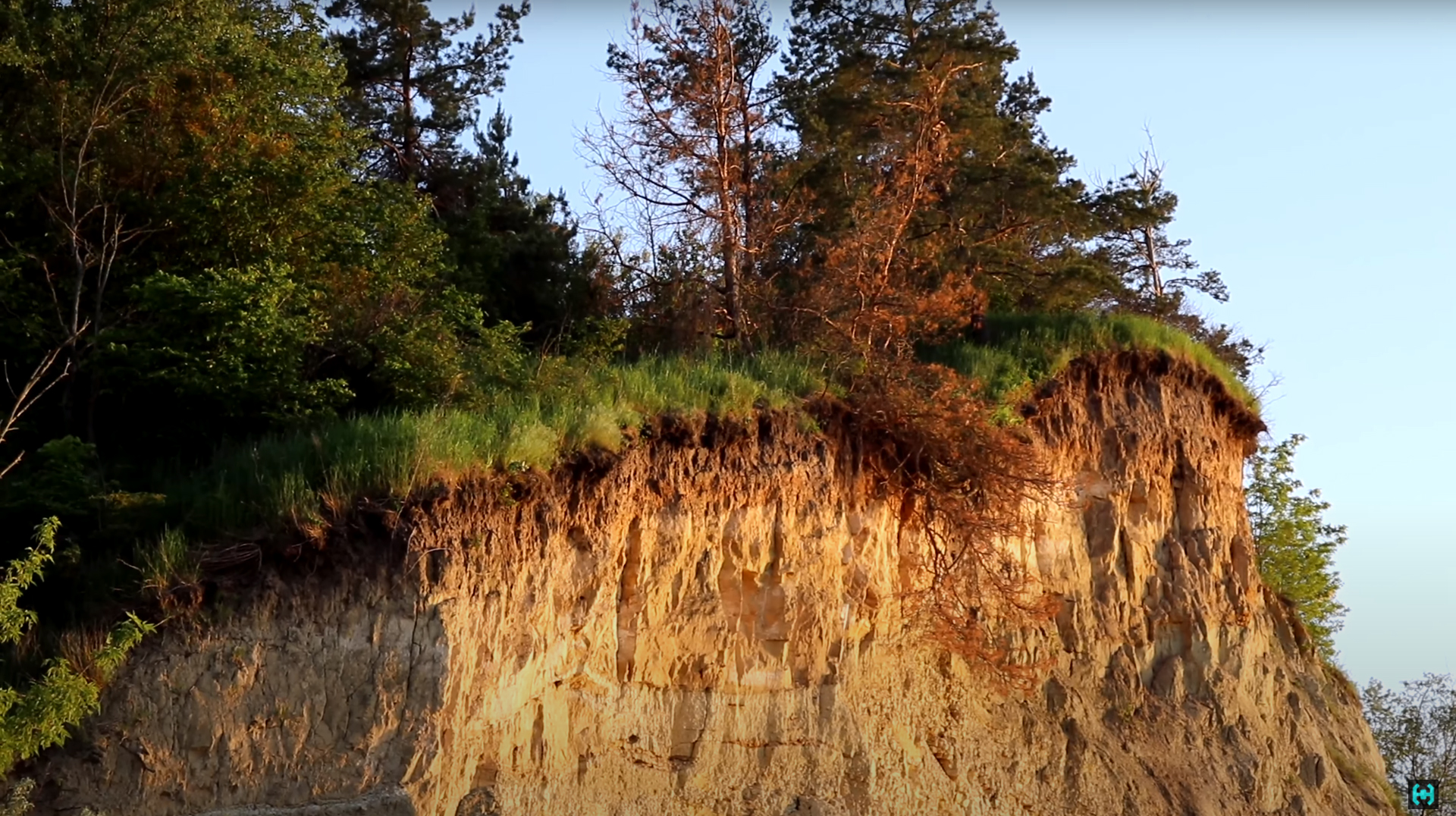
Unfortunately, more than half of the teeth found were broken. But there were also worthy examples. Further study of them showed that at least four species of ancient sharks lived on the site of the former ocean. There is a whole science of identifying these artifacts, which we will not touch upon in this issue.

During the day we have worked up an appetite, so it's time to refresh ourselves.A more weighty argument against hunger will be the ear! Cooking in nature resembles a kind of ritual in which, like art, draws the artist into the process of creating a masterpiece on canvas. Finally, according to the old tradition, a smoldering log should be lowered into the resulting chacha, they say this gives the ear, the taste of a fire. All right, we fill ourselves, we do not regret, there are more fish.
At the table at this time, wine glasses are filled and crystal rings. Here it is important not to throw more than two glasses, otherwise fatigue will come faster than a night in the yard. And we still have a lot of work ahead of us.

After lunch, I recommend resting and gaining strength before the next march.During this time, you can study the menu of the newly purchased Gauss metal detector from M @ rs MD. We pack the ammunition and move to the settlement of Ancient Russia. Let's conduct reconnaissance in force, so to speak.
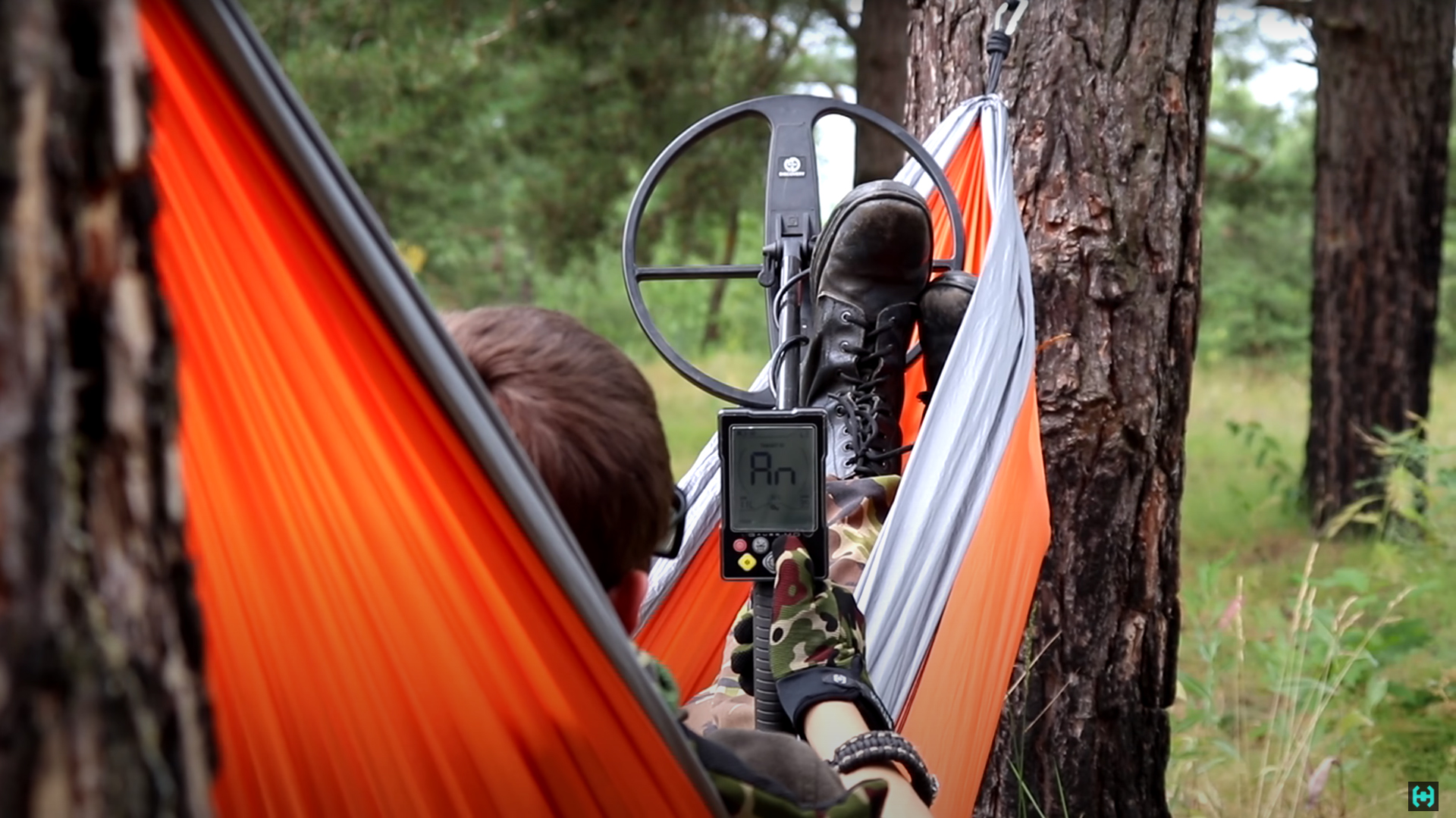
Having reached our destination at the settlement, we were disappointed. Instead of crosses and other attributes of those distant times, we found finds from the Second World War. This is a sleeve from a Soviet heavy machine gun of the DShK type, size 12.7 * 108 mm.
Nearby, a couple of meters in the ground, lay a smaller shell, this time German. Once upon a time, a German sat in this place and hoped that he could seize power over the world.
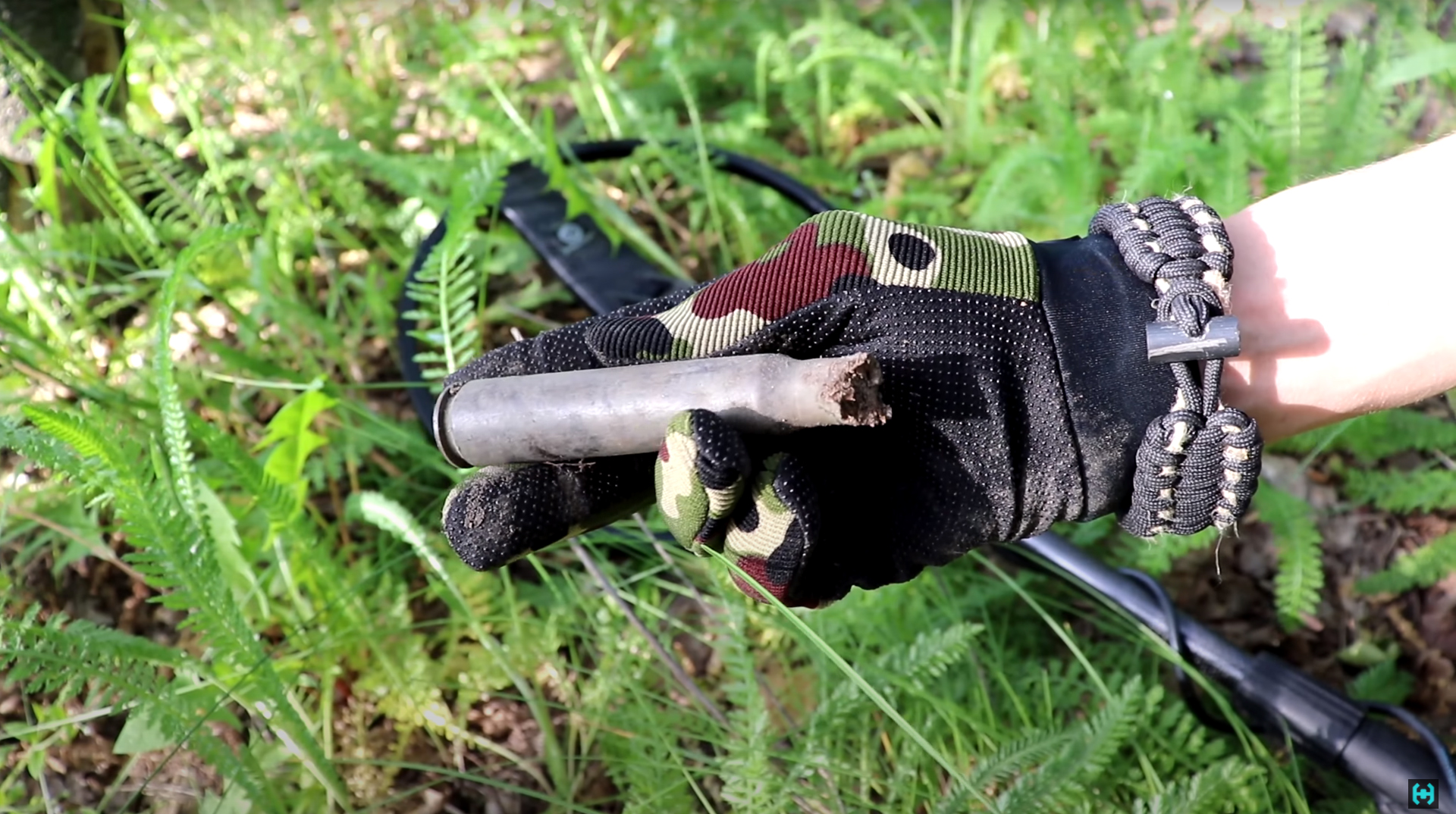
Why we chose the Gauss MD metal detector.Over the years of searching, our team has understood one unbreakable rule in the search business. The device must be lightweight. For me, getting out of the box for a day waving a club is still that task. The Mars people have created a dual-frequency device weighing only 1.25 kg. In addition, the price is tempting, despite the rich set of the device. There are wireless headphones and a pinpointer, two coils included, plus a convenient magnetic charger, which allows you to charge the device right in the field from a power bank. Those who understand the topic will understand me that finding a good device based on the price-quality principle is not an easy task.

We compared Gaus with Equinox, Racer the second and ICE 250, all of them fell short of target detection range in the ground.
The device has three interesting search modes.One analog and two digital. The advantage of digital mode is that its processing algorithms help to suppress spurious signal from the ground and discriminate well against color targets.
What do you need to have on a search trip? First, it is a well-discriminating metal detector. Ideally, if he will be with headphones to better distinguish weak signals in the ground. Often, in the distant corners of the distant kingdom, there may be no mobile network, therefore, a walkie-talkie is required for communication. I recommend to dig up tons of soil with the long-proven Fiskars shovel 80 centimeters long. You also need a bag for finds and a hand-held pinpointer to speed up the detection of targets in the hole.
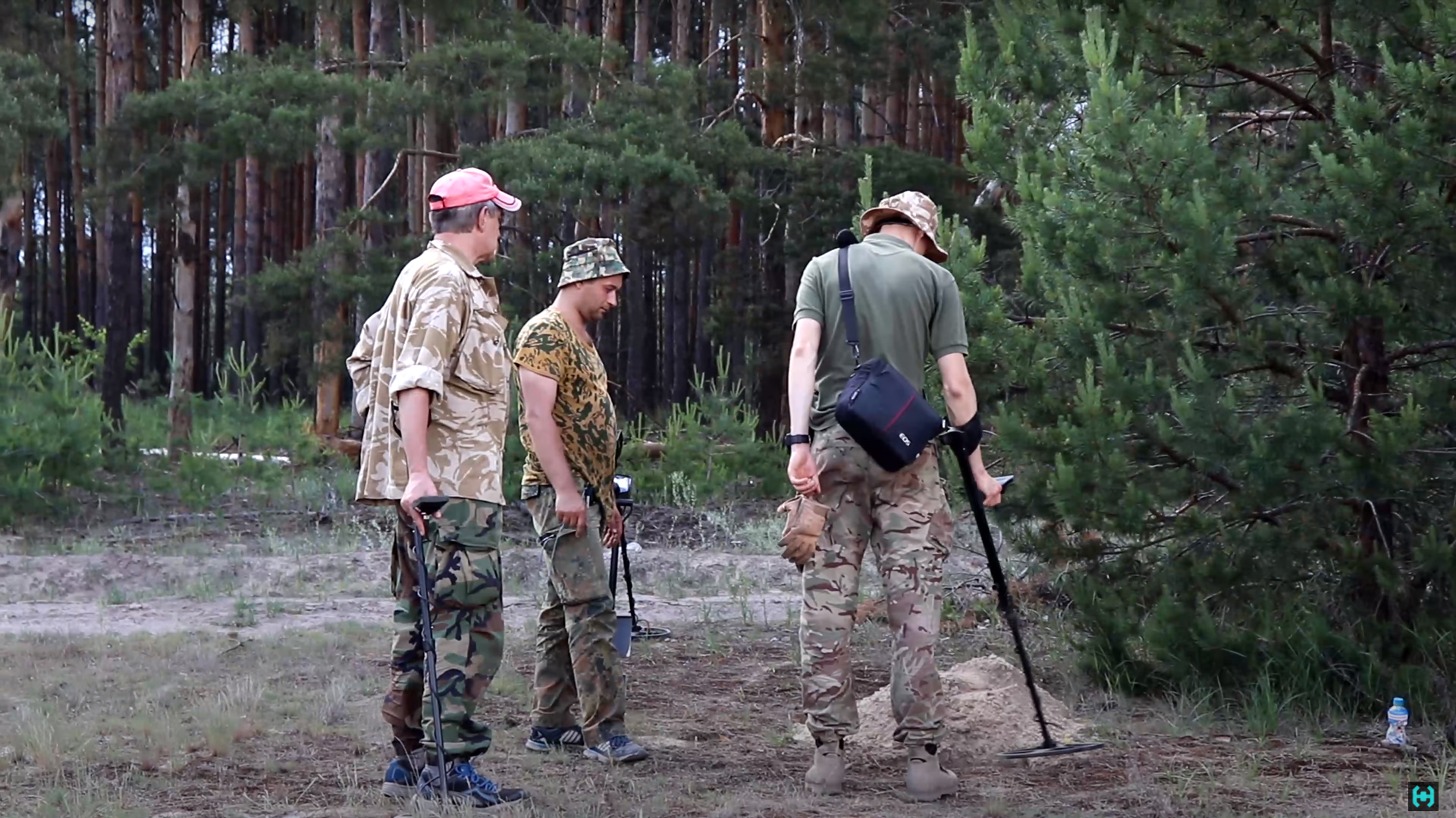
Something we have distracted from the search in the settlement of Ancient Russia.It was the second hour of reconnaissance on the ground, except for military attributes, nothing came across here. It looks like the war has actively swept through these lands. What is not a signal is a sleeve. Sometimes I came across German, sometimes Soviet. All are shot. The guys managed to get a good deep signal. To understand what is happening, we dug this hole in the clay layer for about thirty minutes. No digging at all. As a result, there were two pipes of different diameters. Who and why they were used will remain a mystery.
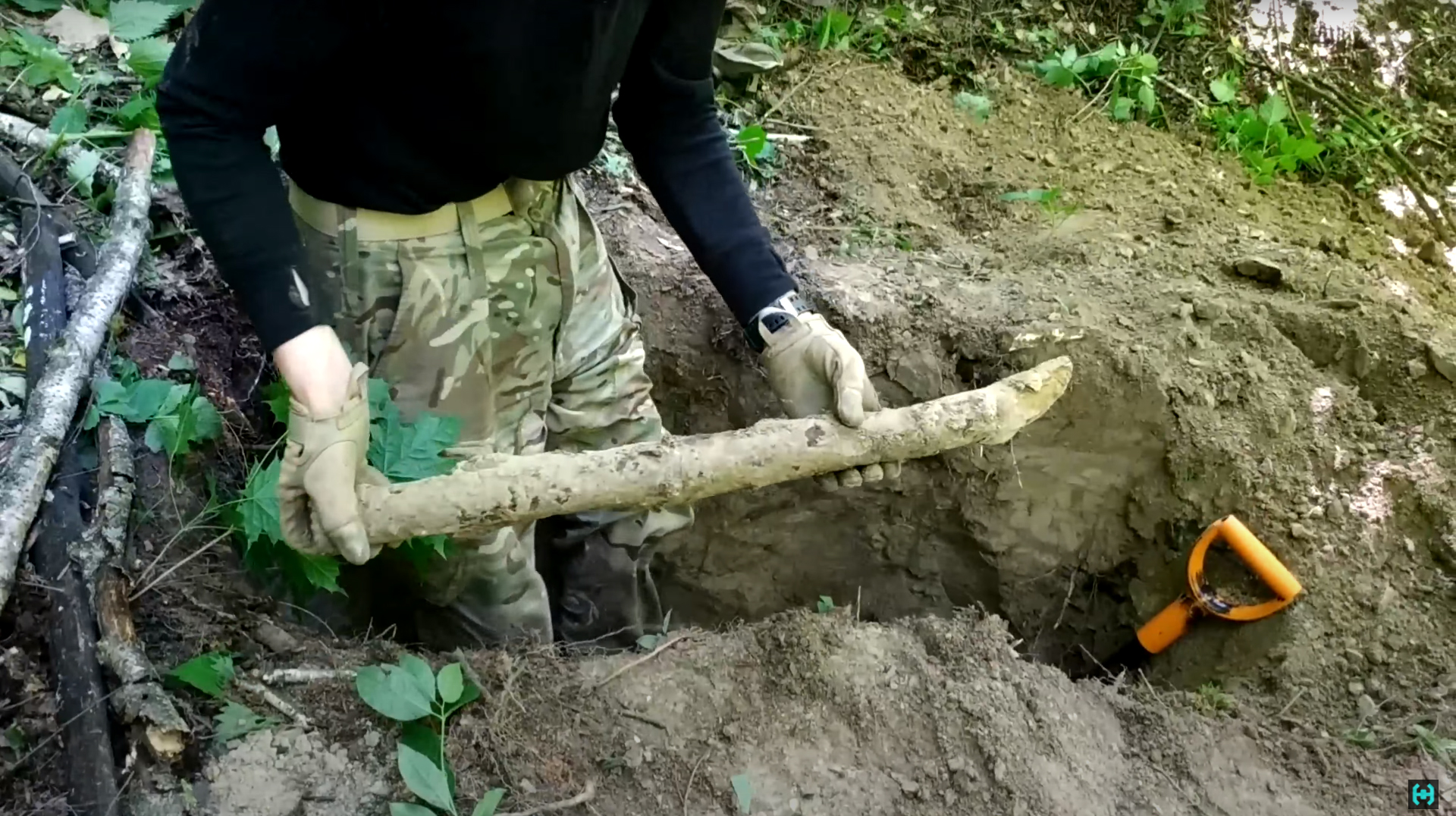
Such pokapushki reminded me of how my hobby in this subject began 11 years ago.It was the third year of university, and one friend asked me to assemble a homemade metal detector, along the way talking about treasures and other interesting facts from the world of archeology. My hobby in electronics helped me understand the topic and soon the Clone Pi-2 digital pulse metal detector was assembled. He sort of even determined the type of metal by showing different sectors on the lower scale of the screen. Now on the Internet, the circuit of this device can no longer be found, for some reason the author deleted all the developments. But by a good coincidence, I still have all the sources .
For about three years we passed with such homemade products and these were bright times. We almost lived in the woods on weekends. Sometimes it happened that a homemade product out of the blue began to glitch, it was normal. Considering the level of assembly of the device at that time, it makes me laugh, but then we could not afford anything else. For good reason, the board should be screened here, covered with a mask, and so on. Then we drew tracks with markers for CDs.
After field adjustment of the device on the knee, the metal detector calmed down and it was possible to continue the search. The detection range here is not very large, but finding large objects in the ground will not be difficult. I miss those warm times.
Now the important point!Whatever devices you dig with, the search engine has one unwritten rule, to bury holes after yourself! If you are not able to leave nature untouched, you should not even take the device in your hands. I forbid!
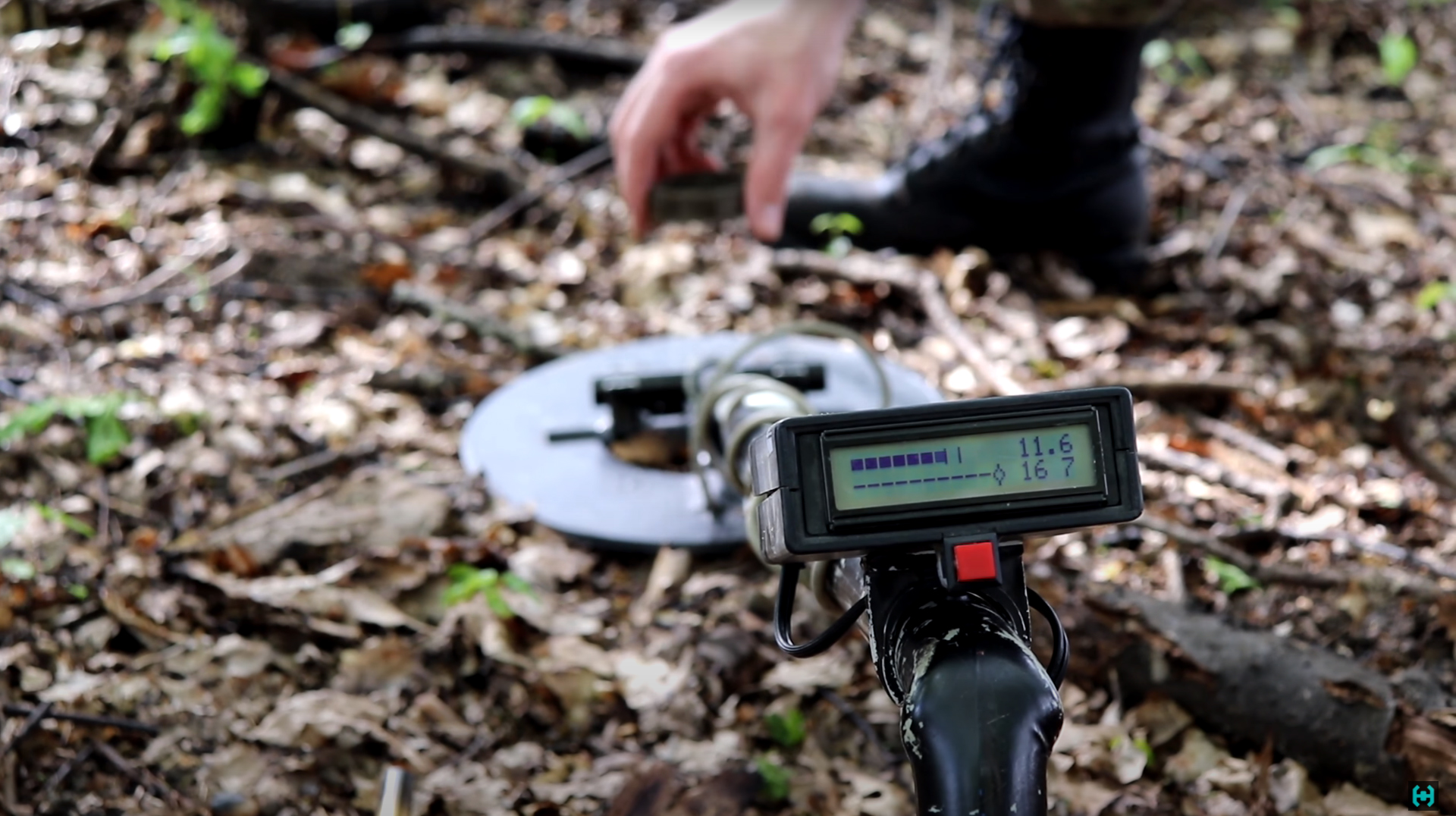
Let's return to the area where we met the fighting. According to statistics, German finds dominated here the most. This is a case from the 37 mm PAK-36 anti-tank gun. Quite a rare exhibit. During the whole time of reconnaissance with a metal detector at the site of an ancient settlement, we found exclusively military trash. The area was completely covered with shrapnel, shell casings and other offal. For me, such finds are not particularly interesting, so I will take all these trophies to the local school museum. Maybe they will interest kids in studying history and other interesting things.

We return to the base.The day was pretty hot and busy today. Can't wait to go down and plunge into cool water. You cannot convey the feelings when at the end of the day you wash off tons of dust and sand from yourself. It's just a fairy tale. Having made a fire near the camp, we prepared an excellent delicious barbecue. He got ready pretty quickly, and we immediately began to destroy him in order to gain strength before the next campaign to distant lands.
Once, while walking through the endless expanses, we were lucky to find a treasure.Yes Yes. The real treasure of those times. The only thing is that the idea of values at different times was different. At a meter depth, there was a cache of lumpy workpieces. Who does not know - these are billets of raw iron, which were obtained in special high-temperature furnaces by roasting ore together with charcoal. Then this product was sent to the blacksmith, where, in the process of further refining, the material turned into arrowheads, knives, axes and other tools needed in everyday life. I remember at school they told a story that in those days a handful of iron nails could be exchanged for a whole ram!
After bringing home a couple of found samples, I wondered how they looked inside.You can only find out by sawing a lump of iron into pieces. In some places the material was sawed easily, but in some places it was not. And this is no accident. The cut showed how heterogeneous the material is in its structure. During the smelting process, the iron picked up particles of slag, unburned coal and other debris. Iron particles that came into direct contact with coal could turn into steel, while others could not. This crusty dough requires further multiple reforging to obtain a more or less uniform piece of metal. And this requires a lot of effort and patience. This is why iron was so prized.
I have repeatedly heard the myth that medieval steel was many times superior in quality to modern steel. It's funny! Or not? I wondered if it was possible to turn the found 12th century chicken into a finished product.
Having collected a small package, we sent the blanks to Slava from the World of Armor channel. He is just engaged in forging knightly armor, doing crash tests and checking historical facts about ancient weapons. I am pleased to watch his work! It has always been interesting how a masterpiece can be created from a piece of metal with only a hammer, fire and straight arms. If Slava can turn the chicken into some kind of product, I will be infinitely happy!
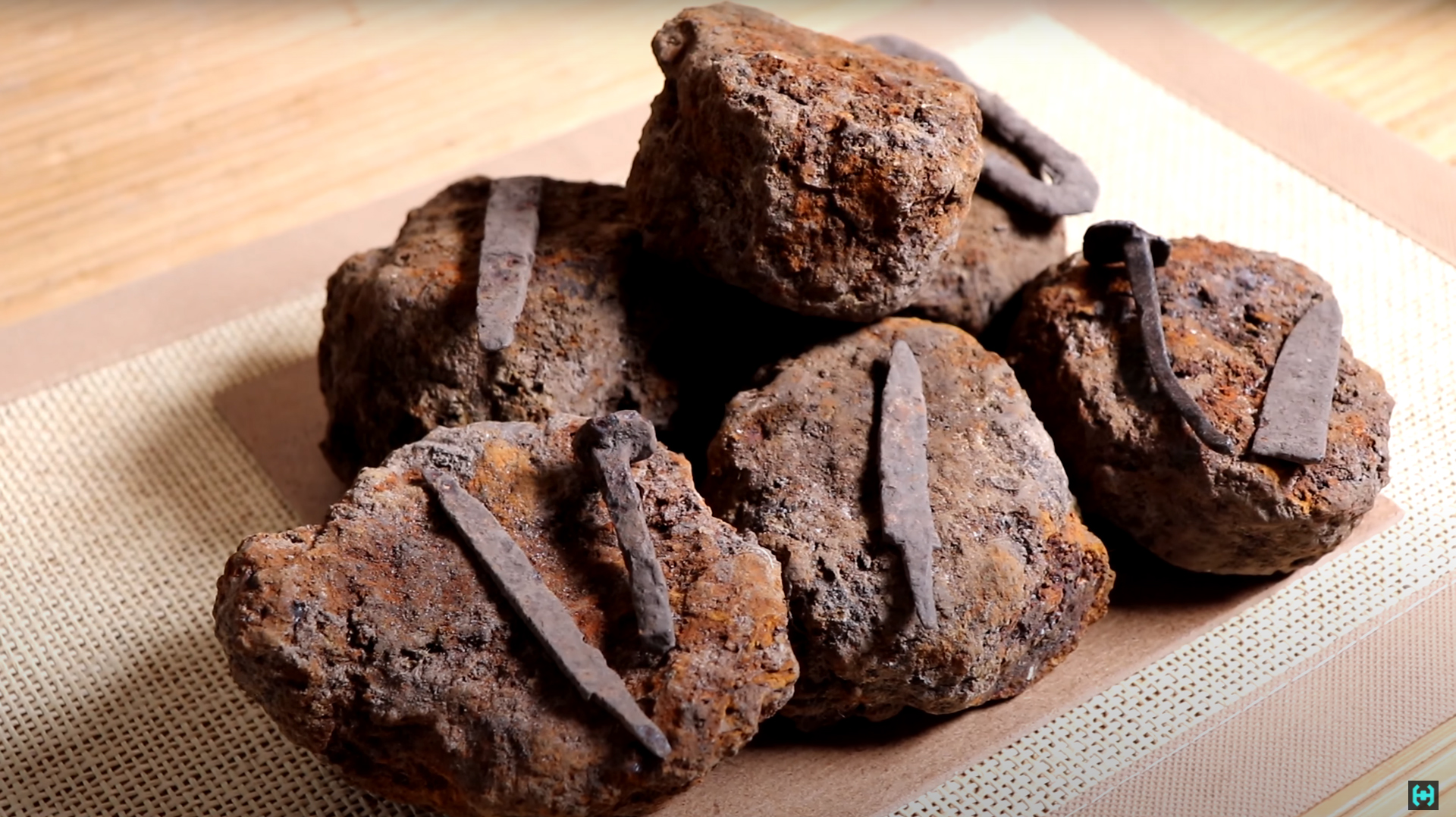
I suppose enough adventures for today, we will gradually move to the camp and collect it in our backpacks.We have to return again through the dense thickets. Hope we don't get lost this time. After collecting the manats, we stared at the most fantastic place on earth. There are fossils of prehistoric creatures, ancient Russia, and traces of the Great Patriotic War. For a treasure hunter, this is just some kind of expanse. In general, we are heading to the car. After the last march through the endless forest, we finally got to the transport. Tired, dirty and happy with their rest.
Many people ask, what was the most interesting thing we found? Here, each find is interesting in its own way. But there are three leaders that raise questions:
Clay Easter Egg from around the 12th century. It seems that our Easter traditions began to exist a very long time ago.
A figurine of a Cossack carved from the bone of some animal.Pretty old. There were suggestions that this is a liquid bubble with a twist on top, but after illuminating the artifact with X-ray, it turned out that this figure is full-bodied, there are no cavities in it. Below were visible signs of repair, some kind of metal rod is between the head and the body. A detailed examination showed a crack on the Cossack's neck, which we had not noticed before. A curious artifact that only raises a lot of questions.
The skeleton is generally figs understand that, the patina seems to be an object of 800 years old, no one found anything like it. The only thing that is interesting is that three years earlier, a purse of silver Poltoraks of 1624 was raised a hundred meters from the artifact. Whether these finds are related to each other I do not know. These are the most curious items that have been found over many years of searching.
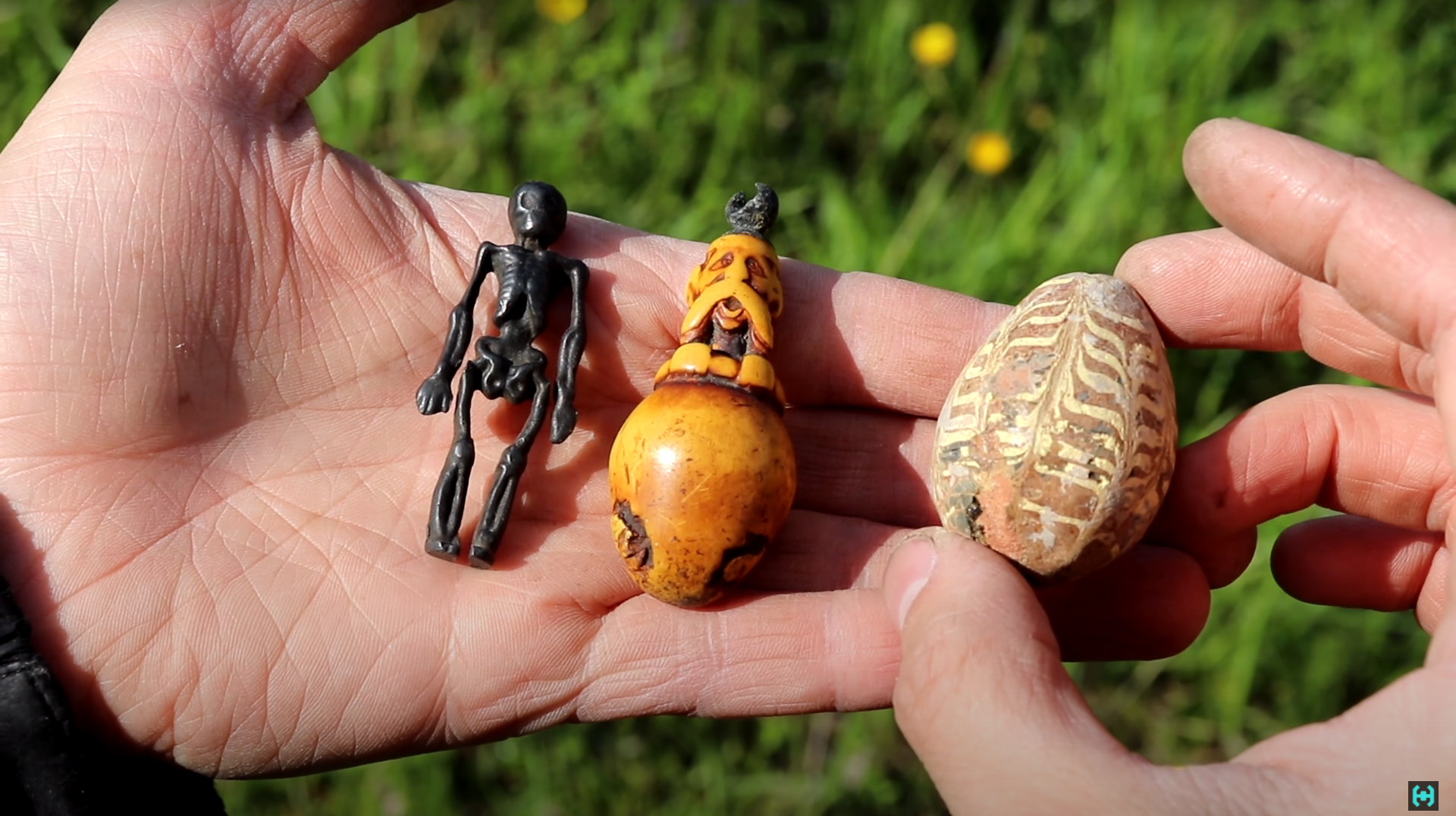
Often wallets come across from different times.Roman silver denarii found over many years of searching is my favorite coin. Repeatedly cast similar items from silver and gold.
What to do with the rest of the finds that accumulate in boxes from year to year? You can give something to the museum, give something to friends. Some objects can be used to create a painting. For example, a collage made of medieval iron, some of which we raised on the field today.

For reference.During the trip, the car got the most. Somewhere along the path of the forest roads, plastic thresholds began to fall off, somewhere, while reversing, we managed to scratch the paint on the fenders and bumper. It's not mine, it's not a pity. Preparations for this trip had been planned for a long time and everyone was looking forward to the vacation in order to quickly go to nature. The entire filming process took an average of four days.
Water. This is a separate topic altogether. It is heavy and it is not possible to carry it in the required quantity along with the ammunition. In recent days, it naturally ended and we had to filter the water from the river in the old-fashioned way and then boil it. Swamp tea is an indescribable sensation.
For most of the entire trip, we were fooling around, telling different stories about treasures and generally having fun as best we could. For dozens of kilometers traveled, I was lucky to bring home a gift on eggs. The tick lived on me for about three days, after which it was discovered purely by accident. He ate from the belly. Hopefully not encephalitis.
Filming under a crumbling cliff was actually scary. In some places, the cobblestones were literally hanging by a thread and at night they often fell with a characteristic loud bang. I would not like to be in the way of such collapses.
Of particular interest is a piece of amber found by a friend on the shores of the Baltic Sea. About 40 million years ago, when amber was still in the form of tree resin, several small mosquitoes fell into it. They found themselves as if in a time capsule that transferred their future with incredible detailing of all the small details. Here you can even see the fluff on the insect's antennae and honeycomb in the eyes. Incredible.
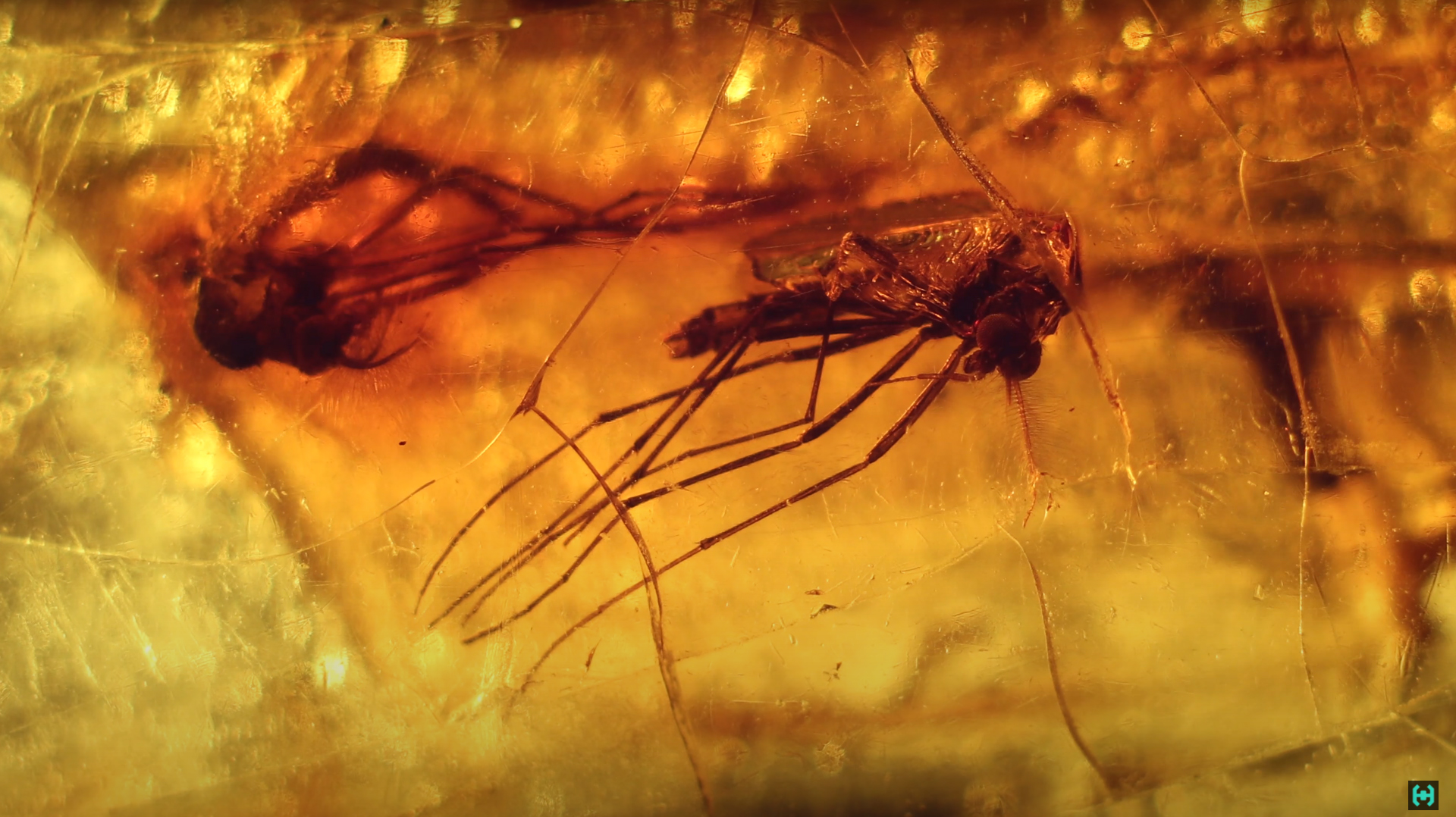
Everyone should have a hobby, someone collects stamps, someone collects coins, but I wonder what is the fate of objects that have lain in the earth for many hundreds, thousands or millions of years.
As they say, to each - his own.
Full video of the project on YouTube
Archive with useful things (Clone PI2)
Our Instagram